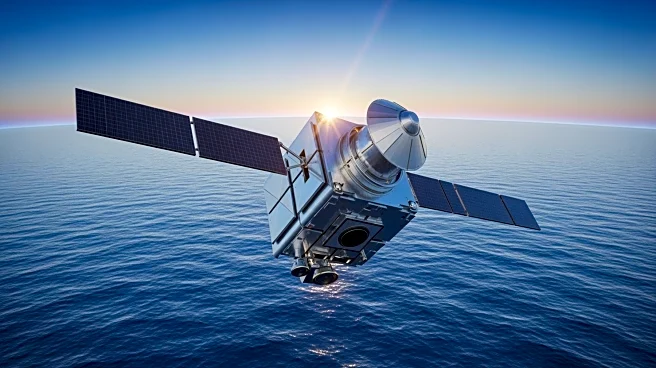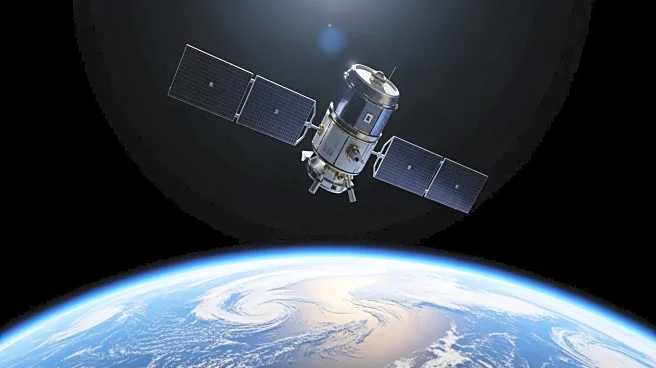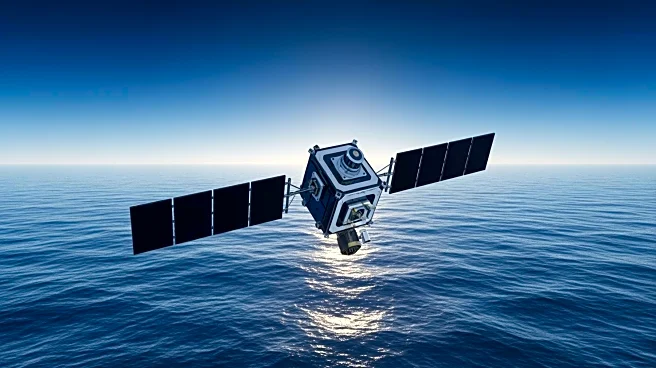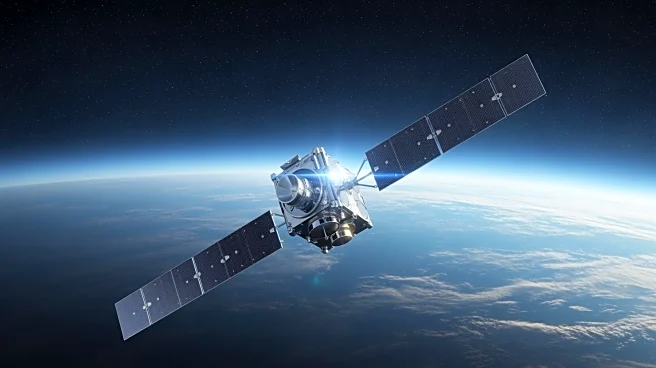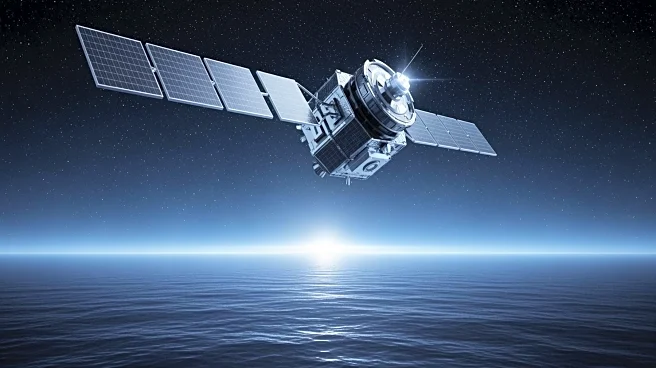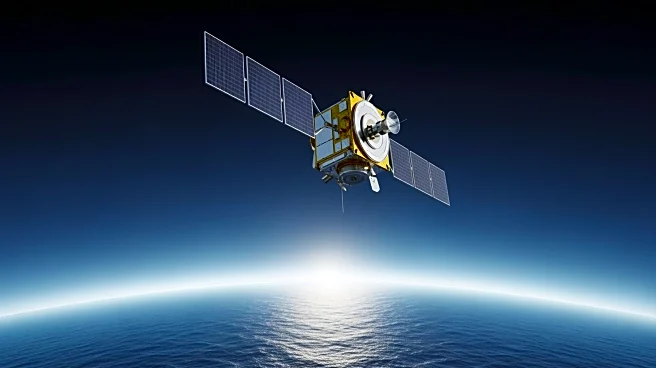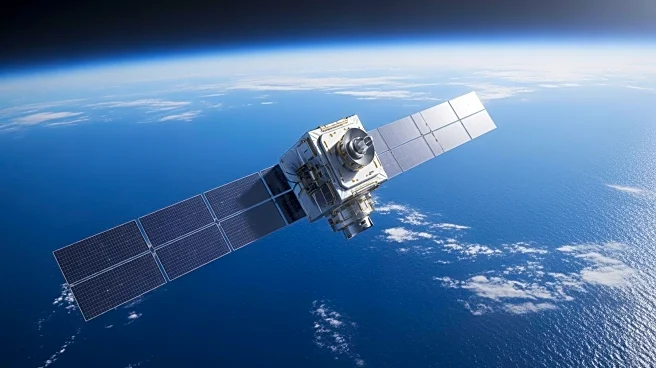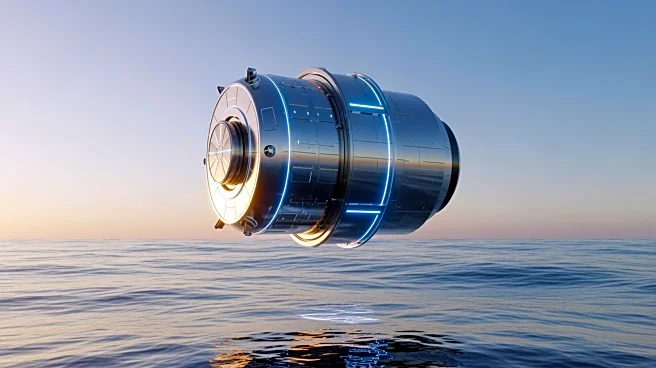What's Happening?
The Sentinel-6B satellite, a collaborative effort between NASA, ESA, EUMETSAT, and NOAA, has successfully acquired its signal following its launch. This satellite is designed to measure sea levels with
high precision, covering approximately 90% of the world's oceans. The mission controllers received the signal at 1:54 a.m. EST on November 17, 2025. Sentinel-6B will take over from its predecessor, Sentinel-6 Michael Freilich, which was launched in November 2020. The satellite will monitor sea levels, measure wind and wave conditions, and improve weather predictions. It is expected to operate until at least 2030. NASA's Jet Propulsion Laboratory contributed several science instruments to the mission, and the launch was managed by NASA's Launch Services Program.
Why It's Important?
The successful acquisition of the Sentinel-6B satellite's signal marks a significant advancement in global sea level monitoring. This satellite will provide critical data that can enhance public safety, city planning, and protect commercial and defense interests. By measuring global sea level rise and ocean circulation, Sentinel-6B will help scientists forecast coastal encroachment, improve weather forecasts, and advance the study of ocean tides and phenomena like El Niño and La Niña. The data collected will be vital for understanding climate change impacts and aiding in disaster preparedness.
What's Next?
Sentinel-6B will continue to calibrate its data and begin its operational phase, taking over from Sentinel-6 Michael Freilich. The satellite will extend the dataset of surface sea heights until at least 2030, providing valuable information for both short-term weather predictions and long-term climate studies. Stakeholders, including scientists and policymakers, will likely use this data to inform decisions on climate action and coastal management strategies.
Beyond the Headlines
The Sentinel-6B mission highlights the importance of international collaboration in addressing global challenges like climate change. The involvement of multiple space agencies and organizations underscores the shared responsibility in monitoring and responding to environmental changes. The data provided by Sentinel-6B could also influence future policy decisions and international agreements on climate action.
